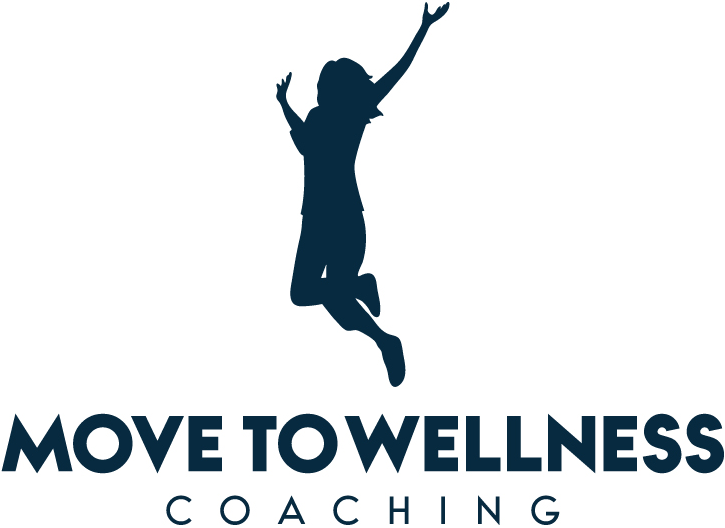CHRONIC PAIN
The purpose of pain.
Physical pain has an evolutionary purpose—the fight-or-flight response it triggers is a survival mechanism that protects us from threats, both real and perceived. Your brain is the epicentre of the pain experience. It is always on the lookout for danger, whether you realize it or not. But however efficient our brains are, they can make false predictions.
While acute pain is activated to warn us when we’re physically injured and to prevent further damage, pain can also be activated in emotionally threatening situations—and that’s less straightforward. You’re far more likely to develop chronic pain when your emotional coping mechanisms are overwhelmed.
The International Association for the Study of Pain (IASP) describes pain as “an unpleasant sensory and emotional experience associated with, or resembling actual or potential tissue damage.”

In other words, chronic pain can be understood as an emotion, yet this rarely figures into its treatment.
Renowned spine surgeon and pain expert Dr. David Hanscom is one of few medical professionals who champion mindset as a key to overcoming chronic pain. Hanscom has helped hundreds of back pain sufferers by teaching them how to calm their central nervous system without the use of drugs or surgery. His book, Back in Control: A Surgeon’s Roadmap Out of Chronic Pain, is a major influence in my coaching practice. Hanscom’s work helped me to understand my own pain journey, and how my brain and nervous system had become trapped in a loop of stress and fear.
When our nervous system is under constant stress, our brain processes this as a threat and floods our body chemistry with stress hormones and elevated inflammatory markers. When we learn new skills to process stress, we can dial down our nervous system, calm our body chemistry and our pain dissipates.
